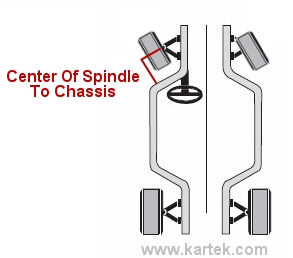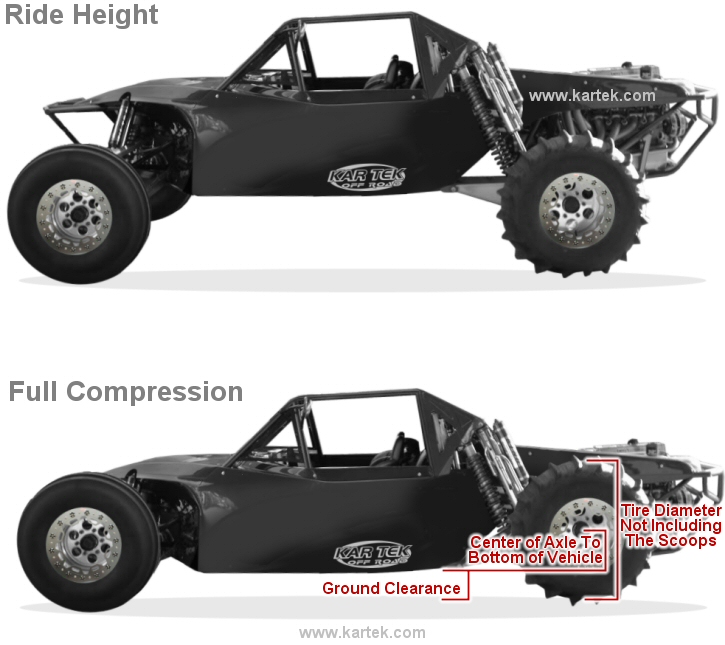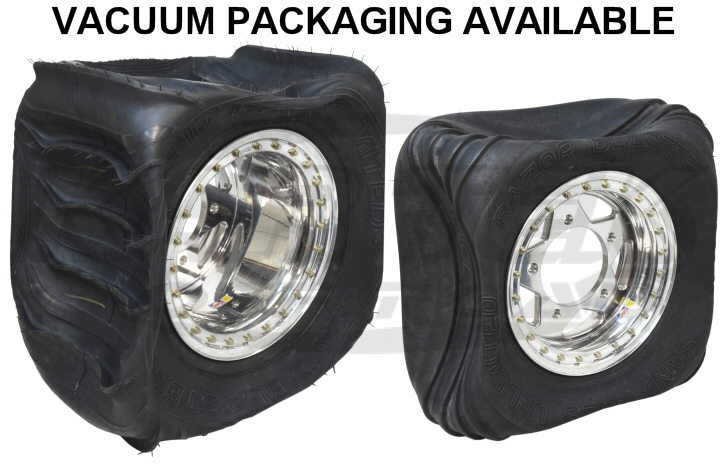Sand Tires Unlimited UTV Sand Blaster I Tire 28 x 14 Number 1 Paddles 13/16 Scoops

 California Prop 65 Warning: This item may cause cancer or reproductive harm. For more info visit p65warnings.ca.gov The above image is a representation of this item. Actual item may vary. If it's crucial to what you're working on, call the store at 951-737-RACE, and one of our sales reps will be happy to email you a current photograph.
California Prop 65 Warning: This item may cause cancer or reproductive harm. For more info visit p65warnings.ca.gov The above image is a representation of this item. Actual item may vary. If it's crucial to what you're working on, call the store at 951-737-RACE, and one of our sales reps will be happy to email you a current photograph. Product Information:
For years I've been asked, "what size sand tires are best for my vehicle?" It's important to realize that there are TWO major factors in choosing the correct tire for your vehicle. The first is obviously the amount of horsepower and torque that you have. But the second, less obvious, is the amount of wheel travel you have. Often times people will build vehicles with tremendous wheel travel which requires a large diameter tire, BUT the engine and transmission they choose aren't strong enough to carry this load.
If your vehicle has too much wheel travel and too small of a tire, when you launch the vehicle and come down on a hard landing, you're going to bottom out the vehicle on the ground. If you buy the correct diameter tire to compensate for your wheel travel and don't have enough horsepower and torque to turn the tires, then you're going to have a miserable time in the dunes with your engine bogging down.

Rear Sand Paddle Tires:
Now let's figure out what your wheel travel is. See below diagram. If you don't have tires yet, collapse the suspension all the way. Measure from the center of your spindle or axle to the bottom of your chassis. Take that dimension and double that dimension. For example, if from the spindle or axle to the bottom of your chassis, you have 15" then a 30" diameter tire is going to be too small and if you launch the vehicle, you're going to bottom out the car on the ground. You would want several inches from the bottom of the chassis to the ground at full compression because the sidewall of the tire is going to compress if you come down from a hard landing.
After you figure out the diameter of tire that you'll need, the next big question is, do you have enough horsepower and torque to turn these tires?

Dimensions:
You can choose the amount of bite a tire has by selecting a paddle number cut. These cuts differ in paddle height. Number 1 being the smallest and number 2 being the tallest.
Stagger cuts are available which cut half of the paddle off to reduce bite and allow for more wheel spin on lower horsepower vehicles. This helps prevent bogging a motor down while keeping the vehicle's momentum up.
If your vehicle has too much wheel travel and too small of a tire, when you launch the vehicle and come down on a hard landing, you're going to bottom out the vehicle on the ground. If you buy the correct diameter tire to compensate for your wheel travel and don't have enough horsepower and torque to turn the tires, then you're going to have a miserable time in the dunes with your engine bogging down.
Front Sand Tires:
For front sand tires, you're going to need to know if the tire will rub your car when you turn all the way left or all the way right. If you don't have tires yet, turn your steering wheel all the way to one side. Measure from the center of the spindle towards your chassis and double that dimension. For example, if from your spindle to your chassis you have 15" then a 30" diameter tire is going to rub the side of your vehicle and you'll need something smaller in diameter or you're going to have to limit your turning radius.
For front sand tires, you're going to need to know if the tire will rub your car when you turn all the way left or all the way right. If you don't have tires yet, turn your steering wheel all the way to one side. Measure from the center of the spindle towards your chassis and double that dimension. For example, if from your spindle to your chassis you have 15" then a 30" diameter tire is going to rub the side of your vehicle and you'll need something smaller in diameter or you're going to have to limit your turning radius.

Now let's figure out what your wheel travel is. See below diagram. If you don't have tires yet, collapse the suspension all the way. Measure from the center of your spindle or axle to the bottom of your chassis. Take that dimension and double that dimension. For example, if from the spindle or axle to the bottom of your chassis, you have 15" then a 30" diameter tire is going to be too small and if you launch the vehicle, you're going to bottom out the car on the ground. You would want several inches from the bottom of the chassis to the ground at full compression because the sidewall of the tire is going to compress if you come down from a hard landing.
After you figure out the diameter of tire that you'll need, the next big question is, do you have enough horsepower and torque to turn these tires?

Dimensions:
- Wheel Size: 14 Inch Diameter
- Height: 28 Inches
- Tread Width: 13 Inches
- Cut: #1
- Scoop Height: 13/16 Inch
- Scoops: 14
You can choose the amount of bite a tire has by selecting a paddle number cut. These cuts differ in paddle height. Number 1 being the smallest and number 2 being the tallest.
Stagger cuts are available which cut half of the paddle off to reduce bite and allow for more wheel spin on lower horsepower vehicles. This helps prevent bogging a motor down while keeping the vehicle's momentum up.
Related Parts
Sand Tires Unlimited UTV Sand Blaster II Tire 28 x 14 Number 2 Paddles 1 Inch Scoops
In Stock
Price: $449.99






